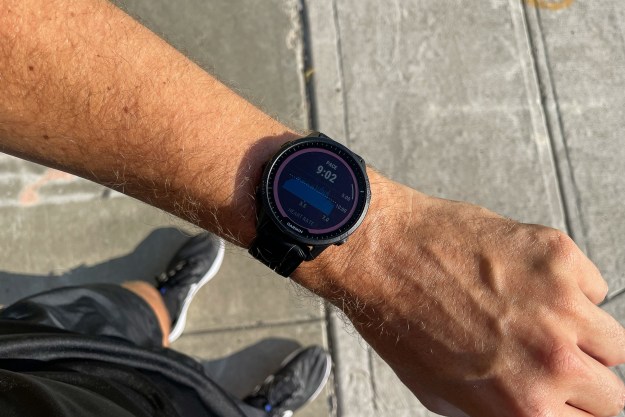“Modern Meadow’s founders previously built a company that grew human tissue for medical research,” Natalia Krasnodebska, head of communications for Modern Meadow, told Digital Trends. “After getting feedback about other potential applications of their technology, they asked a simple question, ‘if we can engineer human tissue, why not animal tissue?’ The leather market is a massive $100 billion market, and there are currently no materials that can offer what Zoa can: A sustainable production process and a material with customizable properties — thickness, stretch, [and] color — tailored for specific partners and applications.”
The leather material is made using a smart custom DNA-based biofabrication process that’s not a million miles away from CRISPR gene editing. While the Modern Meadow engineers started off growing skin cells to create their leather, they have now developed a way to create collagen — the essential biological ingredient for the manufacture of leather — using a fermentation process. This collagen is then purified and tanned to create a material that is biologically almost exactly the same as animal leather.
For the current exhibition, taking place at the Museum of Modern Art, Modern Meadow has created a prototype T-shirt made using the aforementioned liquid leather form of Zoa. Krasnodebska said that the leather in the t-shirt acts as both a material and as a stitch-free method of binding the shirt together. “Anywhere you see traditional leather, you could also see Zoa,” she continued. “The difference is that Zoa can also be used in ways traditional leather cannot.”
This includes making leather that is thinner than any traditional leather, as well as having variable topography across the same sheet. In addition, the production process to manufacture it is significantly faster and cleaner than regular animal leather. Along with some of the other smart next-gen leather materials we’ve covered, this could turn out to be the start of a new golden age for a classic, much-loved material!


